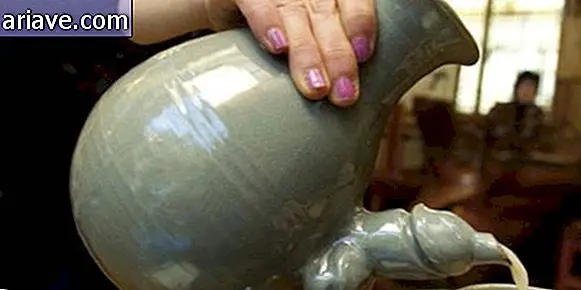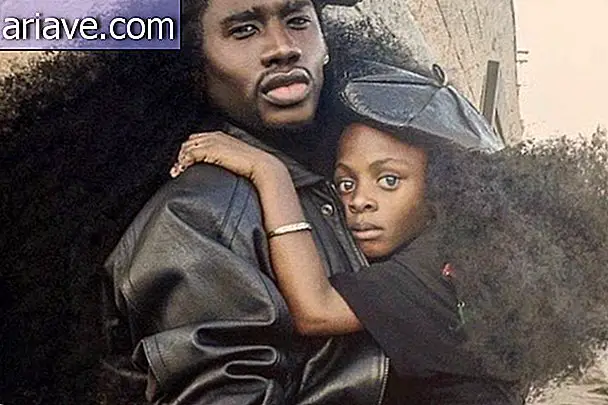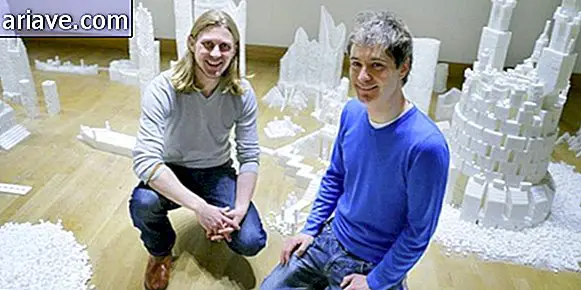What is this baby talk with the DNA of three different people?
You may have heard about the birth of a boy with the genetic code of three people, right? More precisely, the child has in her DNA the genetic material of her father, mother, and a third person, a woman who donated her mitochondrial DNA to prevent her baby from being born with a potentially deadly genetic disease.
According to Jessica Hamzelou of New Scientist portal, the boy was born 5 months ago in Mexico, and his mother, a Jordanian woman, has Leigh Syndrome, a condition that affects the central nervous system and, in some cases, leads degeneration of motor skills and even death. For what the geneticists did was to “cut out” the mother's piece of DNA containing the syndrome and replace it with a healthy one obtained from the donor.
Revolutionary technique
Leigh's syndrome is one of several conditions that are transmitted to children from mitochondrial DNA - that is, through the genetic material found in this cellular organelle that is only passed on to descendants by women. In the case of the Mexican-born baby, although his mother is healthy and has no symptoms of the condition, there was a 25 percent chance that she would pass on the problem to the boy.
In fact, the woman spent 20 years trying to have a healthy child - and even lost two to Leigh Syndrome. The solution was to seek a treatment known as pro-nuclear transfer, which consists of fertilizing an egg from the mother and one from the donor with the father's sperm.

Before these two fertilized cells begin the process of cell division and give rise to the embryo, experts replace the mother's egg nucleus with the donor nucleus. As a result, the researchers get a fertilized cell containing the other woman's healthy mitochondria while the mother's DNA remains in the nucleus.
However, since the boy's parents are Muslim - and opposed to the destruction of the other fertilized egg - geneticists had to use an alternative technique. In this particular case, they employed a method called spindle nuclear transfer, which works in much the same way - the difference is that the nucleus transfer happens before the egg is fertilized.
The scientists managed to create five embryos, but only one of them developed and could be implanted in the mother's womb. And, as we mentioned earlier, the baby was born 5 months ago and so far has not shown any signs of having Leigh Syndrome.
Ethical issues
The procedure has been considered revolutionary worldwide, as it allows parents with potentially deadly genetic diseases to have children without the risk of passing them on. However, because the technique is relatively new, it is still banned in a number of countries - such as the US, for example - and many scientists fear that babies raised through this treatment may develop genetic problems over time.

After all, other babies have already been conceived through another technique that also involves the use of the DNA of three people, and some of them ended up having genetic problems. Thus, in the case of the Jordanian mother's baby, although less than 1% of its mitochondrial DNA relies on the genetic mutation that gives rise to the syndrome and it appears to be developing normally, its health needs to be closely monitored.
At any rate, the specialists who conducted the procedure that resulted in the boy's birth in Mexico took a lot of care. To begin with, they have selected a male embryo as it will not be able to transmit mitochondrial DNA to their future offspring and is therefore unable to pass on genetic diseases further. The team also avoided the destruction of embryos during the process.











